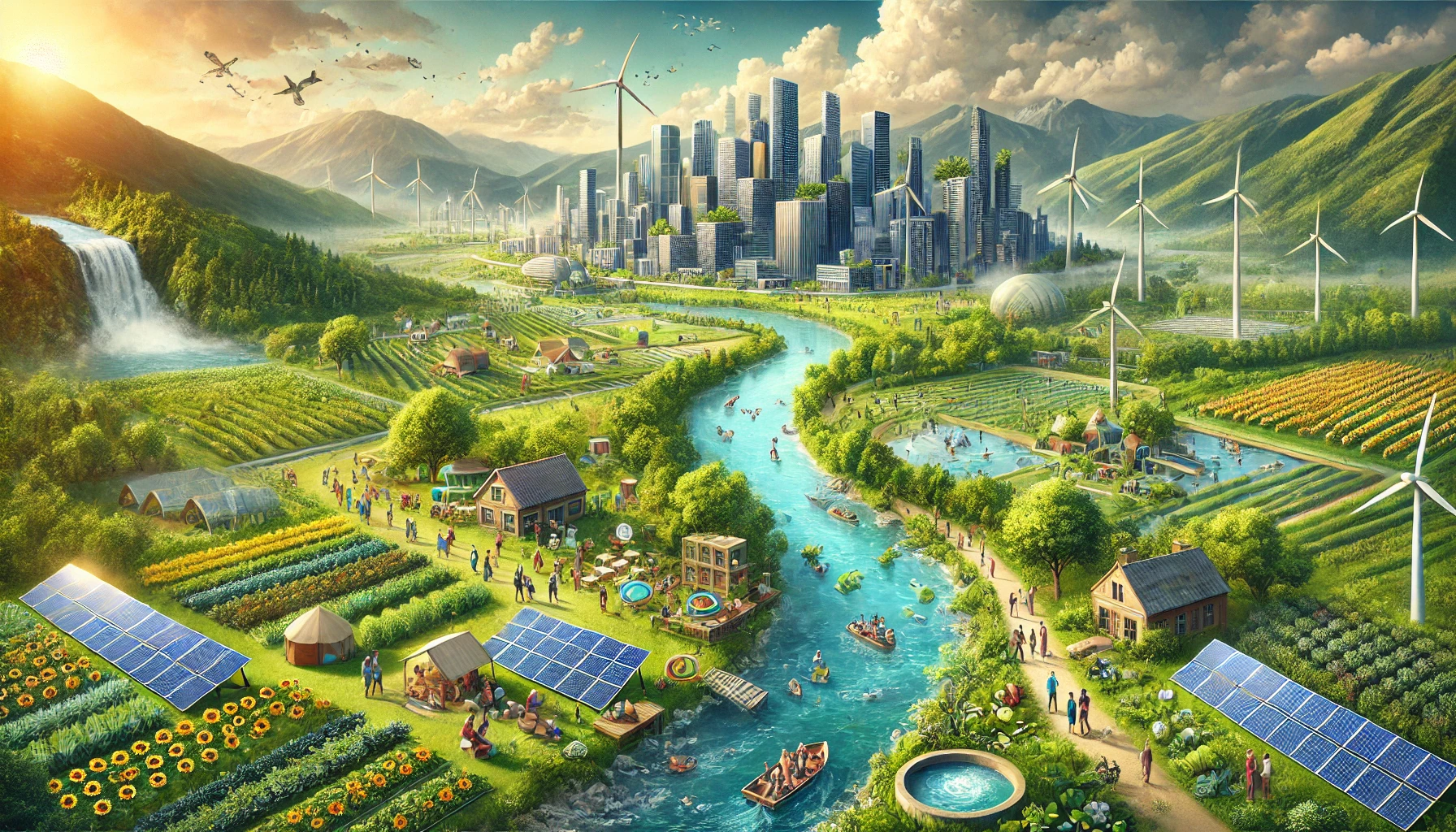Transforming Global Development Through Low-Carbon Innovation and Inclusive Policies
The UNDP and Pardee Institute's report introduces the SDG Push 3.0, an integrated framework that balances human development and environmental sustainability by addressing poverty, inequality, and climate change through equitable, low-carbon pathways. It emphasizes renewable energy, social protections, and multilateral cooperation to achieve the SDGs and limit global warming to 1.5°C.

The United Nations Development Programme (UNDP) and the Frederick S. Pardee Institute for International Futures have crafted a transformative report to address the global challenge of balancing human development with environmental sustainability. Anchored in the International Futures (IFs) model, a sophisticated simulation tool developed at the University of Denver, the report introduces the "SDG Push 3.0" scenario. This framework proposes an integrated approach to accelerate progress toward the Sustainable Development Goals (SDGs) while adhering to the Paris Agreement's target of limiting global warming to 1.5°C. By addressing economic, social, and environmental dynamics, the SDG Push 3.0 seeks to harmonize equitable growth with sustainable practices, offering a pathway for nations to thrive within planetary boundaries.
Tackling Poverty and Inequality Through Targeted Policies
The SDG Push 3.0 scenario envisions a future where poverty and inequality are significantly reduced through targeted interventions. By 2050, it is projected to lift approximately 175 million people out of poverty, with the most notable impact in sub-Saharan Africa. The framework focuses on policies that improve governance, expand social protections, and enhance access to education and healthcare. It also emphasizes a just energy transition, where low-income countries are empowered to increase energy use sustainably, while high-income nations prioritize energy efficiency and decarbonization. These measures reflect the principle of common but differentiated responsibilities, ensuring fairness in the global pursuit of sustainable development.
Transforming Energy Systems for a Low-Carbon Future
Central to the SDG Push 3.0 scenario is the transformation of global energy systems. The report highlights the critical role of renewable energy in achieving a sustainable and equitable future. Under this framework, renewables are projected to account for 69% of global energy production by 2050 and 94% by 2100, significantly reducing greenhouse gas emissions. High-income countries are expected to lead this transition, reducing per capita energy consumption through energy efficiency measures, while low-income nations are supported in meeting their growing energy demands. By 2050, global emissions are forecasted to decline by 65%, contributing to a peak in atmospheric greenhouse gases by mid-century and a subsequent stabilization of global temperatures at a 1.6°C rise.
Addressing Climate Risks and Social Vulnerabilities
The report underscores the urgent need to address the interconnected risks of climate change and social vulnerabilities. It warns that without significant mitigation efforts, global temperatures could rise by 3.2°C by the end of the century, exacerbating food insecurity, health risks, and displacement. Vulnerable regions, particularly in sub-Saharan Africa and South Asia, face the greatest challenges, with climate-induced disruptions to agriculture and water supplies threatening millions. However, the SDG Push 3.0 scenario provides an alternative path, reducing the number of undernourished people by 149 million by 2050 and improving access to basic services like clean water and sanitation. This approach strengthens resilience and ensures that development gains are shared equitably across all regions.
A Roadmap for Integrated and Inclusive Action
The SDG Push 3.0 scenario offers a compelling vision for aligning climate action with broader development goals. It emphasizes the importance of multilateral cooperation and innovative financing to support national efforts in achieving these outcomes. Investments in sustainable infrastructure, renewable energy, and social protection programs are pivotal to realizing the scenario’s full potential. Moreover, the framework calls for bold leadership and global solidarity to ensure that the benefits of sustainable development are widely distributed. By fostering partnerships among governments, international organizations, and private sectors, the report charts a roadmap for a world where human development flourishes alongside a healthy planet.
Through the SDG Push 3.0 scenario, the report illustrates how integrated policies can drive progress across multiple dimensions of development. It demonstrates that strategic investments in human development and climate action can coexist, creating a future where poverty, hunger, and environmental degradation are substantially reduced. The findings underscore that achieving this vision requires a coordinated and inclusive approach, one that leverages the synergies between economic growth, social inclusion, and environmental conservation. This transformative framework serves as a beacon for policymakers, offering a practical and equitable pathway to a sustainable and prosperous future.
- FIRST PUBLISHED IN:
- Devdiscourse










